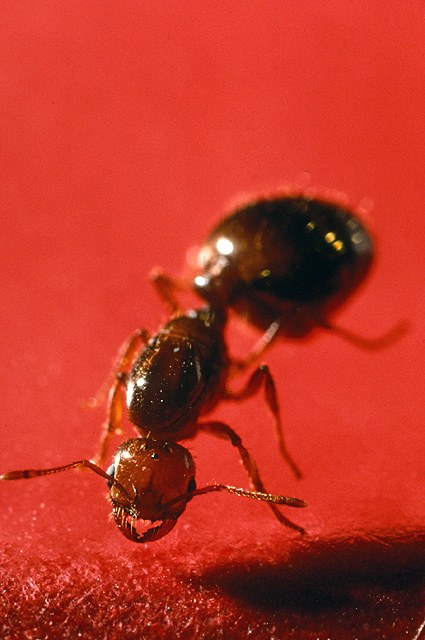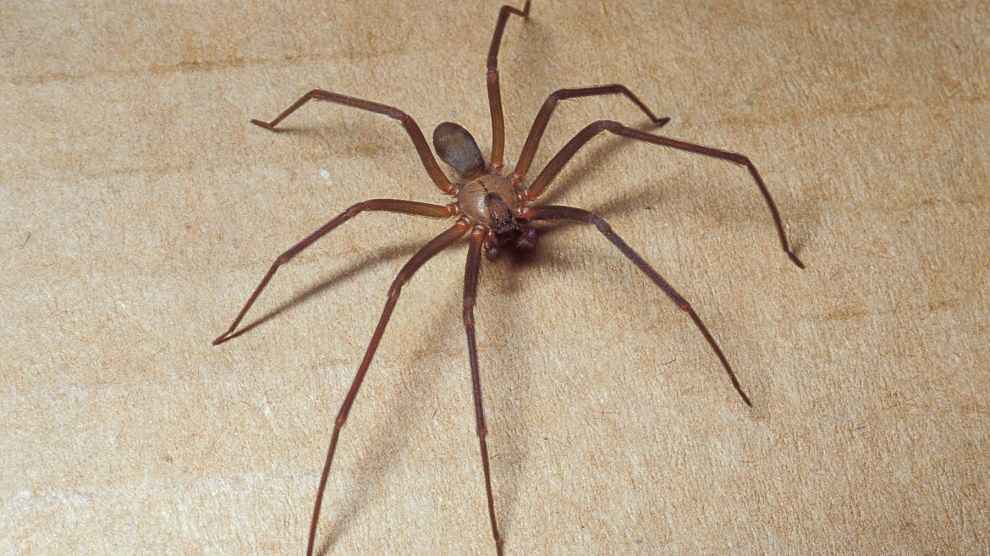The Worst Pests in San Antonio and How to Get Rid of Them
BY BOB GREENLY | JUNE 27TH, 2019 | LAWN CARE, SAN ANTONIO, TEXASPhoto credit: Thompson Rivers on Visual Hunt / CC BY-NC-SA
Those summertime pests are back. Is there anything that bugs you more? They get under our skin, our clothing and gardens. Here’s a list of the pests that bug us in San Antonio and some tips on getting rid of them before they make your home their permanent home.
Common Insects (Including the Biters)
Fire Ants

These tiny creatures are easy to miss, especially if you’re not watching where you’re walking. Take a step in one of their piles, and you’ll be wishing you paid more attention. They bite and follow up with a sting. They feed on plants and seeds but sometimes attack small animals. They can also climb inside machinery, costing you thousands of dollars in repairs. Making matters worse, they’re extremely resilient and can survive cold weather and even floods. (Millions survive hurricane Harvey by clumping together!) Leave enough food lying around, and they’ll make their way inside your home.
It’s easier to prevent a fire ant infestation that to kill them once they’ve made themselves at home. Spread fire ant bait in your backyard in the spring, before the ants form new colonies. You’ll need to do it again in the fall. During the summer, sprinkle the bait three to four feet around each ant mound.
Black Widow
There are plenty of spiders in Texas, but few are as scary as the Black Widow. The females are the most dangerous and easy to spot. They’re black, about an inch and a half long and have a distinctive hourglass, red mark on their backs. Their venom is 15 times stronger than a rattlesnake’s, according to National Geographic. Fatal bites are rare, but you’ll need to get medical help immediately to avoid extreme discomfort if you’re bitten.
Since black widows are nocturnal, it’s best to hunt for their webs during the day. They usually build their webs in dark corners or wood piles where they’re hard to spot. Spray the webs with a liquid insecticide, and it will kill the spiders on contact and prevent new spiders . from moving in. If you have a wood pile, the best thing you can do is constantly rotate the logs. Black widows search for undisturbed places to nest.
Scorpion
Texas is home to 18 species of scorpions. The most common in San Antonio and New Braunfels is the striped bark scorpion. These yellowish-tan creatures with two dark stripes down their back are easy to spot. Like us, scorpions are looking for a cool place to spend the summer. You’ll find them hiding under rocks, logs, landscaping materials, and in dark corners of your home during the day. Like the black widow, they come out at night searching for food. Their stings are rarely deadly, but they are painful and can cause muscle spasms and burning sensations.
The best ways to control them is to keep firewood away from your house and prune trees or shrubs that hang over your house. Keep your grass closely mowed, so they have no place to hide. Spray an insecticide containing permethrin around the perimeter and foundation of your home. Make sure you hit the gutters and any cracks where the critters can hide. And finally, fill all weep holes with steel wool.
Blister Beetle
The name speaks for itself. Get bitten by one of these critters, and you’ll be dealing with a blister or several. Not only can they be harmful to your skin, but their toxin can be fatal to animals and small children when swallowed. More than 100 species exist in Texas, chewing their way through our vegetable and flower gardens. Though their color varies, the most-common ones found in Texas are black and orangish-yellow with three black stripes.
While it’s tough to completely rid your garden of blister beetles, it’s possible to limit the damage to your plants. Wearing gloves (always!) brush the beetles off your plants into a bucket of soapy water. Shake the plant and watch the beetles fall in the dirt and play dead. Then pick them up and drop them in the bucket. You can spread oyster shell lime around the edge of your garden. It will repel them, but it won’t kill them.
Brown Recluse

Like the black widow, a brown recluse’s venomous bite can be harmful. And it could take several hours to notice the symptoms. Good news: you’re unlikely to run into them because, like their name, they are shy and try to avoid humans at all costs.
Kissing Bug
Photo credit: Dis da fi we
A bite from one of these tiny insects can make you extremely ill. The average size of an adult is slightly larger than a penny but beware of its bite. Some may be infected with a parasite that carries Chagas disease and can leave you with fever-like symptoms, rashes, and a loss of appetite.
Mosquitos
Aedes aegypti mosquito
These bloodsuckers are more than just a nuisance. They’re actually the deadliest creature on the planet, blamed for malaria, zika, dengue fever, encephalitis, and other fatal illnesses. Whether it’s the high-pitched buzz or their sneaky bites, these bugs really bug us and can have you itching for days and sometimes even weeks. There’s plenty to love about Texas, but this just isn’t one of them.
One study published in 2017 named one mosquito species, the Aedes aegypti, as the most common in San Antonio and Bexar County, found in 35% of the traps the scientists laid. But there were a total of 35 different varieties.
Consider spraying your home and yard for bugs every three months. You want to kill the bugs and the eggs they leave behind. If you prefer to go organic, you can make your own insecticide with soap, neem oil or vinegar. These potions will kill the bugs without killing the earth.
If you decide to go with a professional, most exterminators will offer organic options. Keep in mind an exterminator isn’t a one-time option. You should have a treatment every three months.
You can also plant pest repelling flowers such as lavender, marigolds, petunias, and citronella. Their scent really bugs the bugs.
We may not be able to get rid of all the bugs. Let’s face it, most of them would probably survive a nuclear war! But you can make it tough on them to make themselves at home at your home. Remember puddles and standing water are an open invitation to mosquitoes and many other critters looking to breed. We want our yards to be bird and bee friendly … but we want to get rid of the pests that are out for blood.